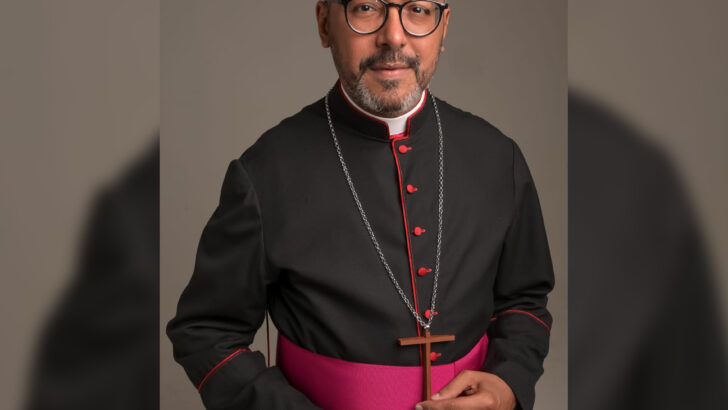Five years after the Amazon Synod, members of the region’s Church gathered in Manaus, Brazil, in order to discuss ways to implement the changes suggested in 2019 during the meeting in Rome.
The need to increase the women’s participation in ecclesial life and alternatives for the Church’s financial challenges in the Amazon were among the most pressing themes debated by the participants between August 19-22.
The meeting was led by Brazil’ Bishops’ Conference’s Special Episcopal Commission for the Amazon (CEA) and was attended by members of the Pan-Amazon Ecclesial Network (REPAM) and of the Amazonian Ecclesial Conference (CEAMA).
The message released by the participants of the encounter on August 22 demonstrates the local churches’ biggest concerns and how they expect the Church to deal with them.
“We structured the discussion and the themes of the letter according to the reality of several Amazonian communities,” Bishop Raimundo Vanthuy Neto of São Gabriel da Cachoeira told Crux.
The document establishes six commitments assumed during the event regarding the Church’s challenges to keep evangelising the Amazonian communities.
The first one concerns the formation of Catholics in the region. The participants agreed to establish a committee to accompany the education of priests, to keep promoting dialogue between Catholic universities and seminaries, and to allow the exchange between schools and experiences of education of lay people.
“There was much debate about the participation of the Church in the United Nations Convention on Climate Change [known as COP 30], which will happen in Belém next year. There’s an urgent need to stop deforestation in the region in the face of a continuous climatic crisis,” Bishop Vanthuy Neto said.
After a long and severe drought in the Amazon in 2023, the level of the rivers are falling again this year, and the air quality is unprecedentedly low in different Amazonian areas.
“The climate crises that have been occurring in the Amazon over the past years are a sign that human actions are destroying the biome. The last administration [headed by President Jair Bolsonaro] was responsible for loosening control over the Amazon,” Sr Laura Manso, a member of the Amazonian Ecclesial Conference said.


 Bishop Raimundo Vanthuy Neto of São Gabriel da Cachoeira
Bishop Raimundo Vanthuy Neto of São Gabriel da Cachoeira 